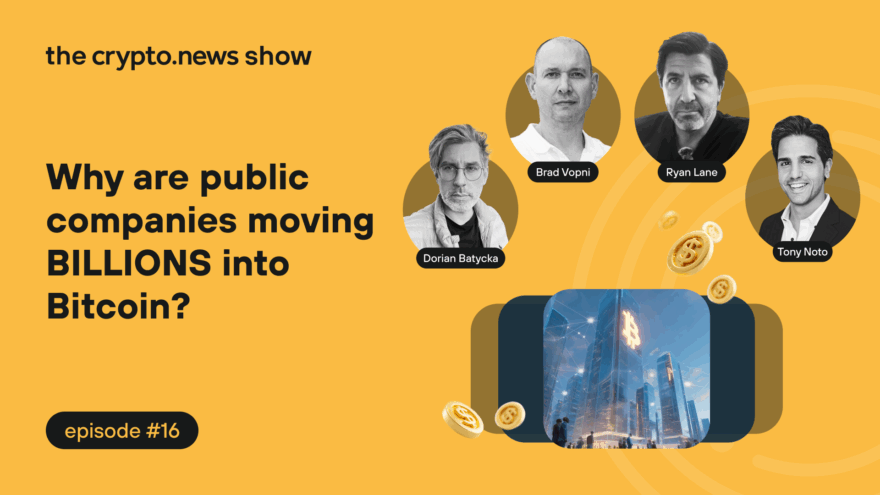Podcast
On The Crypto.News Show, join us weekly as we break down complex topics, discuss game-changing developments, and explore the ideas driving the future of finance and crypto. Our hosts, Dorian Batycka and Tony Noto
Today's Top Stories

Podcast

Podcast











